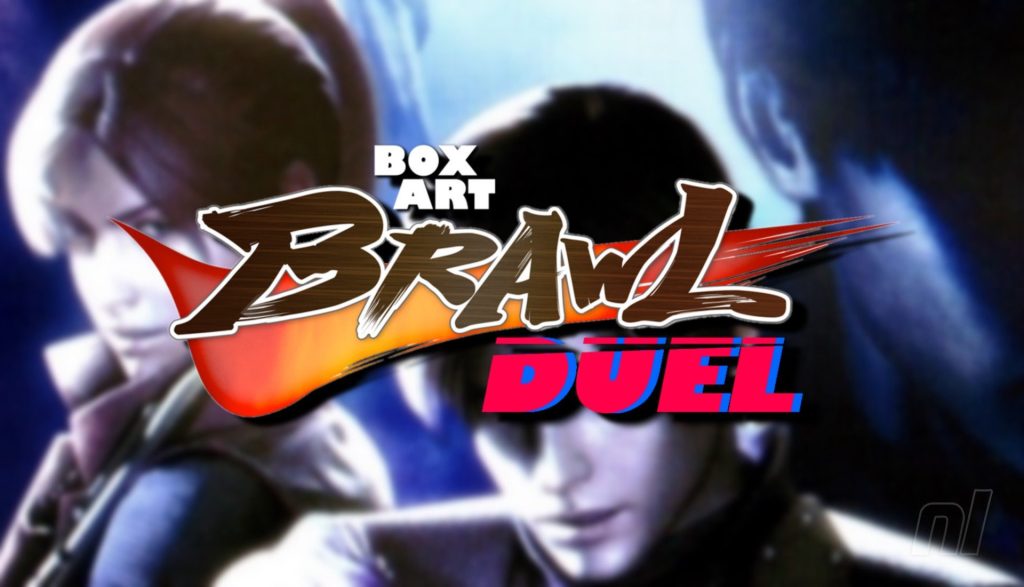The world of video games is not only defined by their gameplay but also by their visual identity, with box art playing a crucial role in a game’s appeal. One of the notable discussions amongst gamers revolves around the box art designs for “Resident Evil: The Darkside Chronicles,” which varies significantly between North America, Europe, and Japan. As fans compare the aesthetics of these distinct regional artworks, the box art becomes a reflection of cultural tastes and marketing strategies. Let’s delve deeper into the designs and the community’s responses surrounding this iconic game.
North American Box Art
The North American rendition of “Resident Evil: The Darkside Chronicles” exudes a traditional yet impactful design. Featuring the beloved protagonists Leon Kennedy and Claire Redfield prominently in the foreground, the artwork sets a dramatic tone with the inclusion of additional characters, including the ghostly presence of Krauser. This portrayal effectively resonates with the series’ fanbase, primarily due to its familiar faces, which are likely to attract more buyers. While the image is undeniably striking, some fans have expressed a desire for a more elaborate narrative representation, specifically drawing from the ‘Operation Javier’ storyline, which remains pivotal in the game. By incorporating such elements, the art could provide a deeper connection to the game’s plot while remaining visually appealing.
European and Japanese Box Art
In contrast, the European and Japanese versions showcase a unique design that diverges slightly from its North American counterpart. Both artworks utilize a broken glass effect that adds an abstract flair, creating a visually dynamic representation that encapsulates the segmented gameplay experience of “The Darkside Chronicles.” The characters are positioned around the shattered glass, implying a narrative of fragmentation and chaos inherent in the game. This artistic choice, along with the lighter color tones, may invoke nostalgia for longtime fans who recall the original GameCube cover art for “Resident Evil 0,” which also featured a more stylized approach.
While both the North American and European/Japanese box arts maintain the same core characters, the stylistic differences illustrate varying cultural preferences in marketing video games. The North American box art appeals to fans’ familiarity with central characters, while the European/Japanese version leans towards a more artistic interpretation that reflects the game’s themes. This divergence presents an interesting discussion point for collectors and fans, leading to debates about which version ultimately captures the essence of the game more effectively.
Community Response
The community response to these differing box arts has been robust, with players actively engaging through polls and forums. Recent polls reflect a clear preference for the European and Japanese art, with approximately 65.1% of voters favoring it over the North American design, which garnered only 34.9% support. This trend illustrates a growing appreciation for artistic expression in video game marketing, as well as a desire for covers that convey more than just character recognition.
Furthermore, social media discussions reveal mixed sentiments. Some players appreciate the classic approach of the North American art, while others argue that the European and Japanese versions offer a more sophisticated narrative representation. As gaming continues to evolve, these discussions highlight the importance of visual packaging and its influence on consumer perceptions and purchasing decisions.
Market Impact and The Role of Box Art
The impact of box art extends beyond aesthetic preferences; it directly correlates to sales performance and market positioning. According to a 2021 report by Statista, compelling box art can significantly affect a game’s initial sales figures, attracting both casual buyers and die-hard fans. In an age where digital purchases dominate, physical copies with eye-catching artwork still yield value for collectors and gamers alike. The box art serves as a tangible representation of a game’s brand and can often become iconic within the gaming community.
Moreover, the ongoing battle of box art between regions illustrates broader trends in global marketing strategies. As companies like Capcom navigate diverse market preferences, the designs they choose to adopt can either bolster their brand image or create disconnects with potential customers. Future releases may benefit from analyzing this data, paving the way for more tailored artwork that echoes both local trends and universal themes.
As we continue to witness the evolution of video game artwork, “Resident Evil: The Darkside Chronicles” stands as an excellent case study in how design choices can foster community engagement and influence buyer behavior. Fans and collectors alike will undoubtedly continue to debate the merits of each box art design, making it a lively topic within the gaming culture.
Thanks for participating in the box art discussion! Be sure to share your thoughts and keep an eye out for future bouts in the Box Art Brawl.

